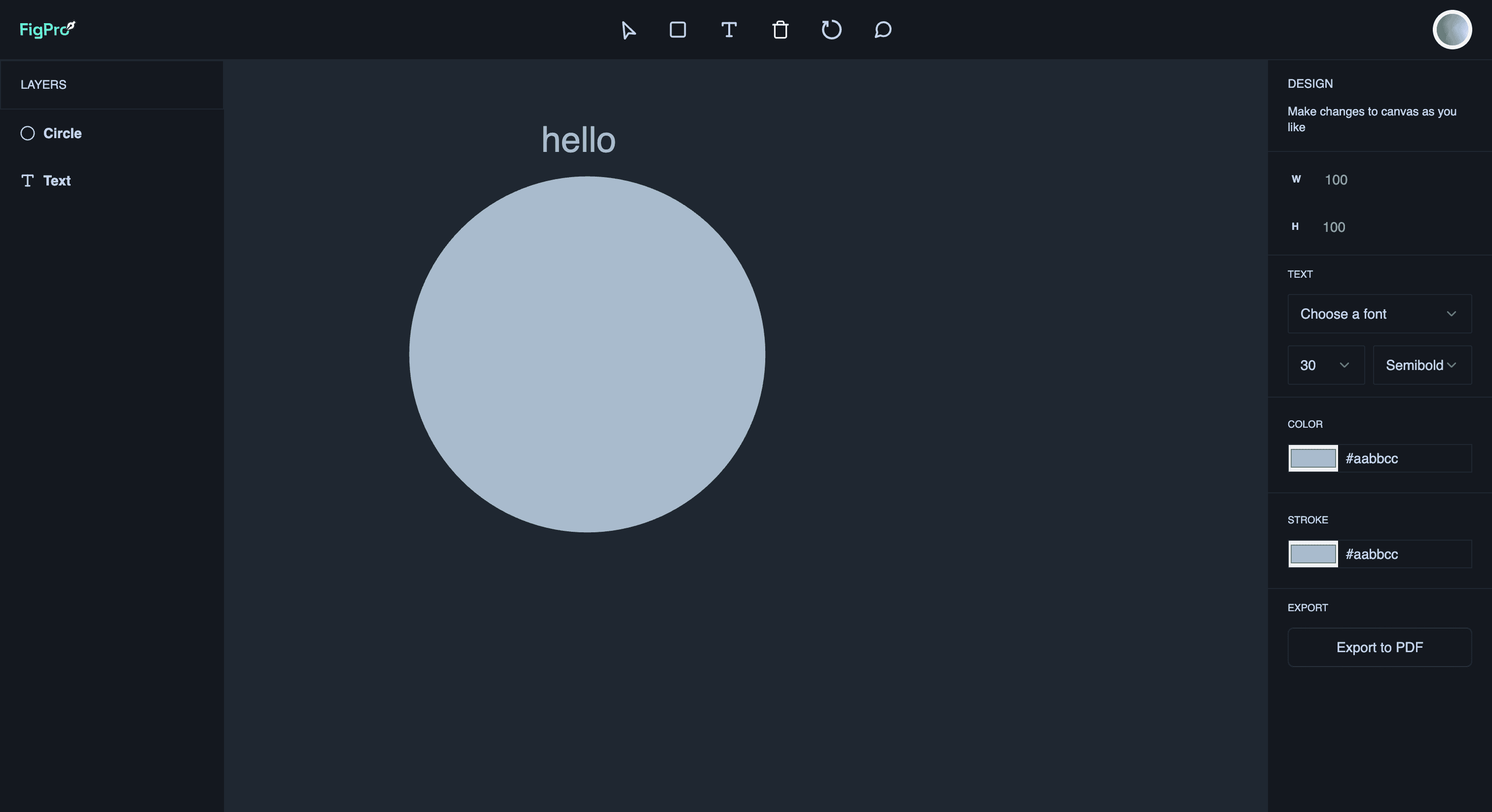Figma Clone
Project Overview:
Figma is a collaborative design platform that mirrors the functionality and flexibility of Figma, offering teams and individual designers a powerful tool for UI/UX design, prototyping, and collaboration. It facilitates seamless design workflows, allowing users to create, prototype, and iterate on designs in real-time. Figma differentiates itself with advanced collaborative features, such as live co-editing, feedback loops directly within the workspace, and integration with other project management tools. Its intuitive interface and expansive template library make it accessible to designers of all skill levels, encouraging creativity and efficiency.
Goals & Objectives: The primary aim of Figma was to provide a comprehensive and user-friendly design tool that enhances team collaboration and streamlines the design process. We focused on incorporating real-time collaboration features, extensive template options, and robust prototyping capabilities to address common design challenges and improve project turnaround times.
Approach & Process:
- Discovery & Research: Began with an in-depth analysis of the current sports market, identifying areas of improvement and understanding user needs.
- Design/Development Phase: Implemented strategies to keep an agile development process, modern design principles, and specific user personas to go through the workflow of the application.
- Iteration: Conducted user interviews to refine the project based on feedback.
- Launch & Delivery: Ensured a seamless launch and am currently still hosting this project for many to use worldwide.
Outcome & Impact: Figma has successfully garnered a user base of over 8,000 designers and teams, receiving acclaim for its user-centric design and collaborative features. The platform has been praised for its ability to facilitate efficient design workflows and foster collaboration across remote teams. Users have noted significant improvements in project efficiency and a reduction in the time from concept to prototype. Figma is becoming a favored tool among design communities for its versatility and the value it adds to the design and development process.
Gallery:
Design Mode:

Features Include:
- Freedrawing, custom shapes, images, and text
- Resize elements to the exact pixel
- Print design and export to pdf
- View layers on left side panel
- Group layers together and bulk delete
